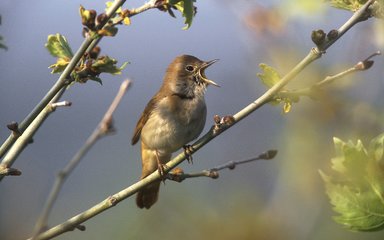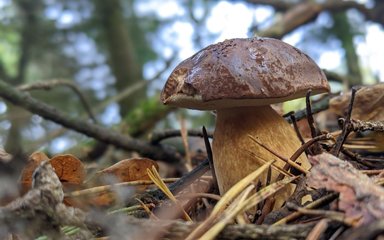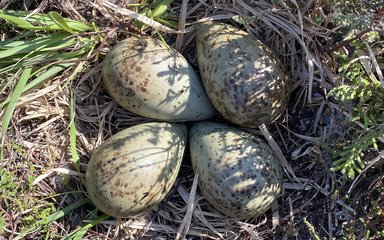
Forest wildlife highlights of 2022
The wonderful variety of wildlife in the nation’s forests is what makes them special places. As the largest land manager in England, we look after more wildlife habitats than anyone. So we’ve put together a selection of stories from the past year to celebrate nature recovery across the nation’s forests and make you smile!
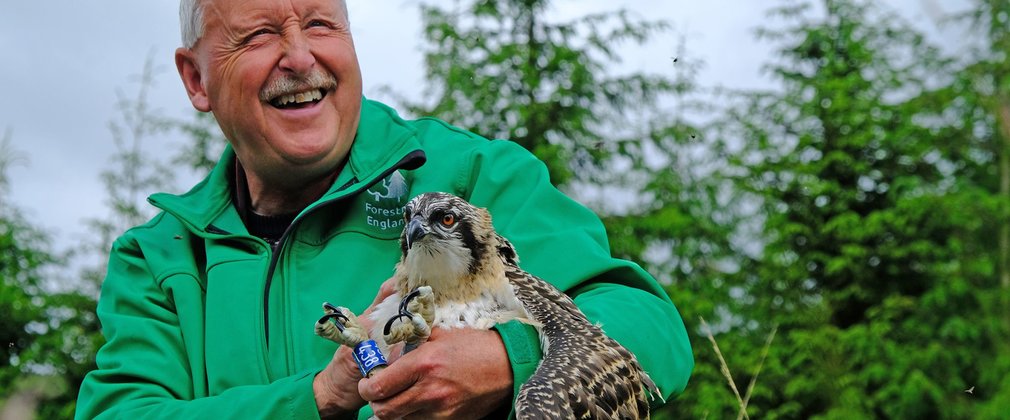
Returning missing creatures to our landscapes
100th osprey chick fledges from Kielder Forest
This year was full of milestones for the Kielder osprey project. With 14 youngsters fledging from six successful nests, the running total is now 106 osprey chicks since the project began in 2009.
The growing population size means ospreys are now being seen at other locations across the UK, as well as returning to Northumberland to raise their own families.
Chequered skipper butterflies reintroduced
The population of chequered skipper is now stable enough for visitors to know the location of this rare species. The butterfly was previously extinct in England and successfully reintroduced at Fineshade Wood.
The butterflies need open, sunny habitat on woodland edges, which can become enclosed and dark over time. Staff and volunteers have been improving the woodland habitat by widening the tracks through the forest and thinning out the woodlands.
Pine martens continue return to forests
Although it is incredibly rare to catch a glimpse of a pine marten, they are now present across a third of the area of the nation’s forests. This includes the Forest of Dean where England’s first reintroduction of pine martens began in 2019.
In the New Forest a study revealed pine martens are establishing and breeding, with footage capturing kits playing. In Kielder Forest, 50 pine marten boxes were installed as part of a study hoping to boost their existing population. In south Cumbria, the first sighting of a pine marten in over ten years was recorded in Grizedale Forest, representing a landmark sign of recovery.
Protecting and restoring special habitats
Barberry planting supports return of rare moth
Barberry is a native shrub found in hedgerows and woodland edges but farmland hedgerow removal has meant the loss of this plant throughout the UK countryside. Over 20 moth species feed on barberry, but the lifecycle of the threatened barberry carpet moth is entirely dependent on it.
By planting barberry over many years in Blandford Forest the habitat for the moth has greatly increased. This year the barberry carpet moth was seen in the largest numbers since the 1980s when it nearly became extinct. More than tripling in number in just four years, it is a huge success for one of our rarest invertebrates.
Three National Nature Reserves declared in the nation’s forests
National Nature Reserves (NNR) protect our most important habitats. Wyre Forest became the largest woodland NNR in England at the start of 2022, when the existing Wyre Forest NNR was greatly expanded to now cover over 1,455 hectares. The Flashes of Wigan and Lee, including Viridor Wood, also became one of England’s largest urban nature reserves. The former industrial site is home to rare species in the wetland, meadow and woodland.
Most recently, Wild Ennerdale was declared a new ‘super’ National Nature Reserve, covering over 3,000 hectares of water, forest and mountain. It is one of the first in England to be recognised for the landscape-scale approach to partnership working.
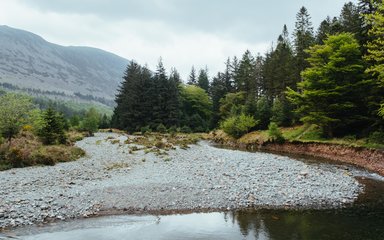
Paying it forward… sharing our success
Beaver kits set up new home
The oldest daughter of our successful beaver pair at Cropton Forest in North Yorkshire found a new home down south earlier this year. The three-year-old was paired with a Scottish male in the hope that they will breed and establish a new colony at Sculthorpe Moor Nature Reserve in Norfolk.
Hopefully she’ll use the amazing dam-building skills she’s learnt from her proud parents. The beaver dam in Cropton Forest is now over two metres high and 100 metres wide, providing a thriving wetland habitat for wildlife.
Red kite project goes full circle
The reintroduction of red kites has been one of the most successful conservation projects in the UK. In the 1990s, wildlife manager Karl Ivens was involved in the original translocation of red kite chicks from Spain to establish an English population in the historic Rockingham Forest.
This year Karl helped to return the favour by collecting red kites from the nation’s forests to help boost current conservation efforts in Spain.

The future…
Understanding more about forests
We've been working with Forest Research to reveal more about the wildlife in our woodlands. Analysing environmental DNA (eDNA) from soil samples, and DNA samples from other methods, thousands of species of fungi and invertebrates were recorded. We even found a shrimp-like crustacean living in the forest, called a copepod.
We're committed to more research using eDNA analysis and making the data open and available to everyone. Together we will be able to build a picture of entire woodland ecosystems as never before.
Action for nature
Forests provide benefits for all, including habitats for wildlife to thrive, a source of sustainable wood, and spaces for people to enjoy. Working forests need more wildlife, and forestry is essential for reversing biodiversity loss.
Managing forests for wildlife is already a key part of our work, but we want to be bigger, bolder and more adventurous. That’s why in 2022 we published a biodiversity action plan, on how we will deliver a step-change for nature.
We restore nature best when we work together, so a huge thank you goes out to everyone who's helped make this year a success. We can't wait to see what wildlife wonders 2023 brings!

